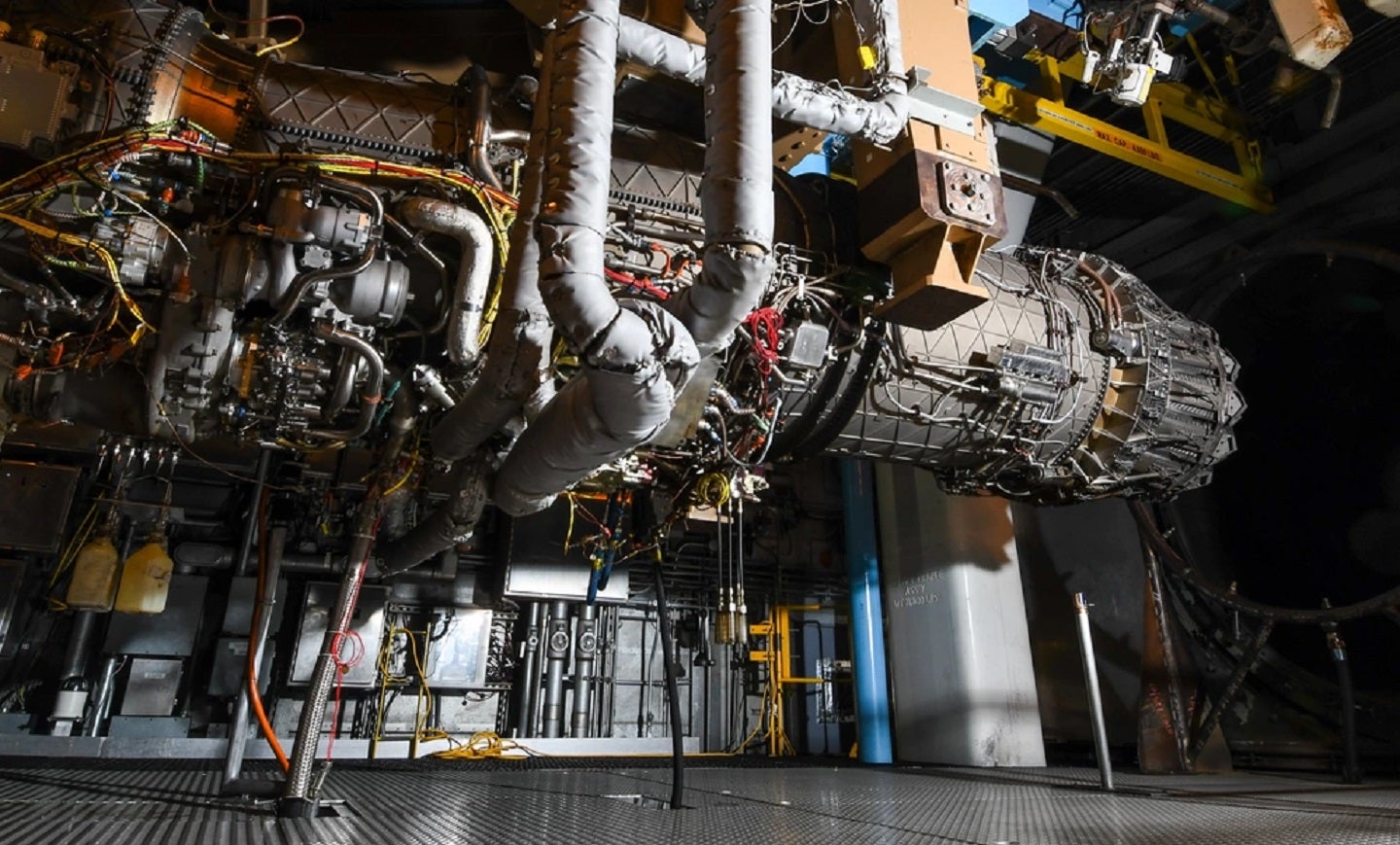
The US Department of Defense (DoD) faced a tough decision on 10 March. Talk of adopting a next-generation engine for its F-35 stealth fighters has been up in the air in recent months, but the President’s Fiscal 2024 Air Force Budget offered a resounding no to F-35 re-engining.
The F-35 programme will continue to use and upgrade Pratt and Whitney’s F135 engine. The decision means the US will not continue its Adaptive Engine Transition Programme (AETP), the Government’s effort to research enhancements into the F-35’s engine capability, with prototypes offering increased thrust in combat conditions and greater fuel efficiency.
US DoD officials have instead decided to “move forward with the engine core upgrade (ECU)” of the F135 engine.
“We have $254m in this year’s budget for that particular effort. However, we do plan to leverage a lot of the capabilities that were part of the AETP prototype for efficiency, thrust, platform level power, thermal management. So, it was not necessarily a sunk cost,” Kristyn Jones, PTDO Under Secretary of the Air Force stated.
Pratt and Whitney have emphasised that since the programme inception, the company’s “war on cost” efforts “have reduced the average unit cost of an F135 by more than 50%, contributing to an estimated $8.1bn in cumulative engine savings over the life of the programme”.
Cost issues
While an adaptive engine like General Electric’s (GE) XA100 provide the capabilities of a next-generation engine of the US Air Force’s (USAF) F-35 fleet, the DoD could not also pay for the Joint Strike Fighter programme fleet as a whole.
“This was based on the fact that the requirements were most applicable only to the USAF and so the entire cost of the programme would have been borne by the Air Force instead of spread across the entire fleet of joint F-35s,” Jones added.
However, before the announcement that the budget will exclude an adaptive engine, GE Aerospace president and CEO of Defence Systems Amy Gowder said in a presentation with investors: “Adaptive engine technology is an architectural revolutionary change in the architecture.”
Furthermore, Gowder said: “We’ve worked with the United States Air Force, and we have proven that this application in the F-35 would save $10 billion net… Net means they have calculated the savings in efficiency, fuel efficiency and maintenance cost already, including the development and implementation of this.”
Unfortunately for GE, and the wider AETP, Pratt and Whitney’s cost-cutting measures give the DoD the most room to manouevre fiscally. Money can therefore be dedicated to other areas of defence technology alongside the F-35 fleet capabilities. For example, the US Space Force has capabilities that will feed into the US defence network and will enable numerous assets like the F-35 sensors to exploit data.




